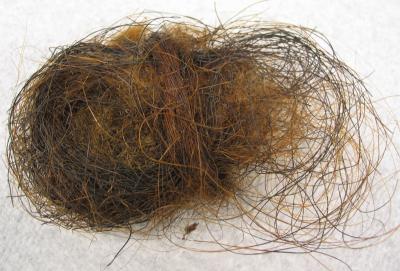The woolly mammoth was not one large homogenous group, as scientists previously had assumed, and it did not have much genetic diversity, according to a new genetic study.
Woolly mammoths, descended from ancestors in Africa, were widespread in northern Europe, Asia, and North America during the last Ice Age. However, by 11,000 years ago, they all had died out, except for tiny isolated populations that held out for another few thousand years.
The research marks the first time scientists have dissected the structure of an entire population of extinct mammal by using the complete mitochondrial genome -- all the DNA that makes up all the genes found in the mitochondria structures within cells. Data from this study will enable testing of the new hypothesis presented by the team, that there were two groups of woolly mammoth -- a concept that previously had not been recognized from studies of the fossil record.
"The population was split into two groups, then one of the groups died out 45,000 years ago, long before the first humans began to appear in the region," said Stephan C. Schuster, associate professor of biochemistry and molecular biology at Penn State University and a leader of the research team. "This discovery is particularly interesting because it rules out human hunting as a contributing factor, leaving climate change and disease as the most probable causes of extinction."

 Study: Caloric Restriction In Humans And Aging
Study: Caloric Restriction In Humans And Aging Science Podcast Or Perish?
Science Podcast Or Perish? Type 2 Diabetes Medication Tirzepatide May Help Obese Type 1 Diabetics Also
Type 2 Diabetes Medication Tirzepatide May Help Obese Type 1 Diabetics Also Life May Be Found In Sea Spray Of Moons Orbiting Saturn Or Jupiter Next Year
Life May Be Found In Sea Spray Of Moons Orbiting Saturn Or Jupiter Next Year










